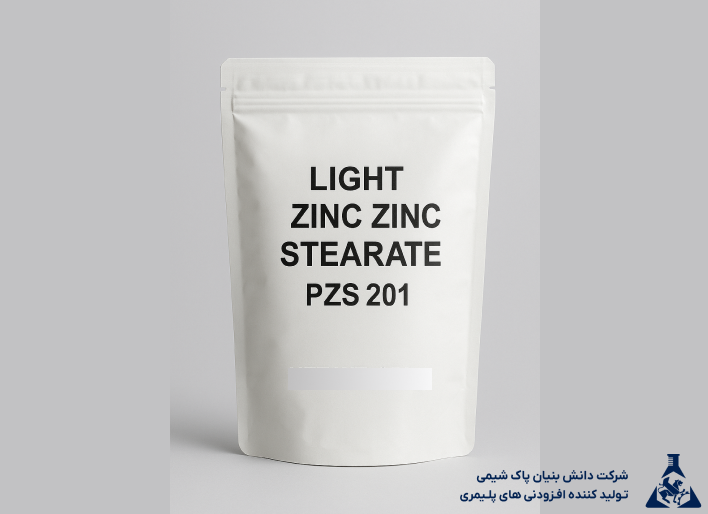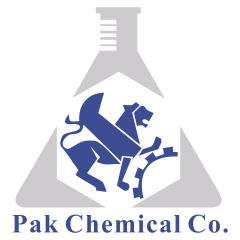Zinc Stearate, with the chemical formula C₃₆H₇₀O₄Zn, ranks among the most widely used metal salts of stearic acid. It appears as a white, soft, hydrophobic powder and serves as a lubricant, mold release agent, thermal stabilizer, and processing aid across various industries.
Among the different types, manufacturers widely use light zinc stearate (PZS201) in sensitive and advanced applications in the plastics, rubber, paint, plaster, and cosmetics industries. Its special physical properties—such as low density, excellent dispersion, and high surface performance—make it ideal for these demanding uses.
Physical and Chemical Properties of Light Zinc Stearate
- Molecular Formula: C₃₆H₇₀O₄Zn
- Molecular Mass: 632.3 g/mol
- Appearance: White, light and soft powder
Solubility:
- Insoluble in water and polar solvents
- Soluble in aromatic compounds and chlorinated hydrocarbons at high temperatures
- Properties: Hydrophobic, non-toxic, with high lubricating properties
- Benefits and functional properties
Effective mold release agent
Surface lubricant with uniform dispersion ability
Heat stabilizer in polymers such as PVC
Increases gloss and surface clarity in transparent plastics
Water repellent in building materials
Non-toxic and suitable for food and cosmetic applications
Specialized applications of light zinc stearate (PZS201)
- Plastics and polymer industries
Light zinc stearate is one of The most key additives in the production process of plastics, especially polyolefins, are polystyrene (PS), polyethylene (PE), polyamide (PA), PVC, SMC and BMC.
In these applications, it acts as an internal and external lubricant, process aid, impact resistance improver and surface friction reducer.
It also provides better surface performance in crystalline PS grades by increasing transparency and a smooth surface, along with thermal stability.
- Paints & Coatings Industry
Formulators use zinc stearate in paint formulations to disperse pigments and enhance grindability.
It also increases matting agent, uniform dispersion and prevents pigment precipitation in solvent-based paints.
- Construction Industry
Manufacturers add light zinc stearate to plaster, dry mortar, and concrete. It acts as a water repellent to protect against moisture and create a smooth, polished surface.
Products containing this compound have high surface clarity, low friction and better structural strength.
- Paper and sandpaper
In coated paper and sandpaper manufacturing, zinc stearate acts as a slip agent and lubricant. It helps reduce friction and increase abrasive durability.
5.Pharmaceutical, food and cosmetic industries
Because zinc stearate is non-toxic, manufacturers use it in controlled quantities as an authorized additive (E/Zn Stearate Additive) in some pharmaceutical products and food supplements.
In the cosmetic industry, formulators add it as a structural additive, anti-adhesion agent, and skin lubricant in products such as powders, blushes, and creams.
- Thermal stability in PVC
Formulators usually combine zinc stearate with other stearates like calcium, barium, and magnesium stearate to increase thermal stability in PVC formulations. This combination prevents thermal degradation and discoloration of PVC during extrusion and injection processes.
Environmental and safety notes
Zinc stearate light PZS201 is considered a non-toxic and environmentally friendly material.
However, when handling dry powder, users should wear a respirator and ensure proper ventilation because particles can disperse into the air.
This compound is stable in aquatic environments and does not pose a risk of environmental pollution.

Read more:
